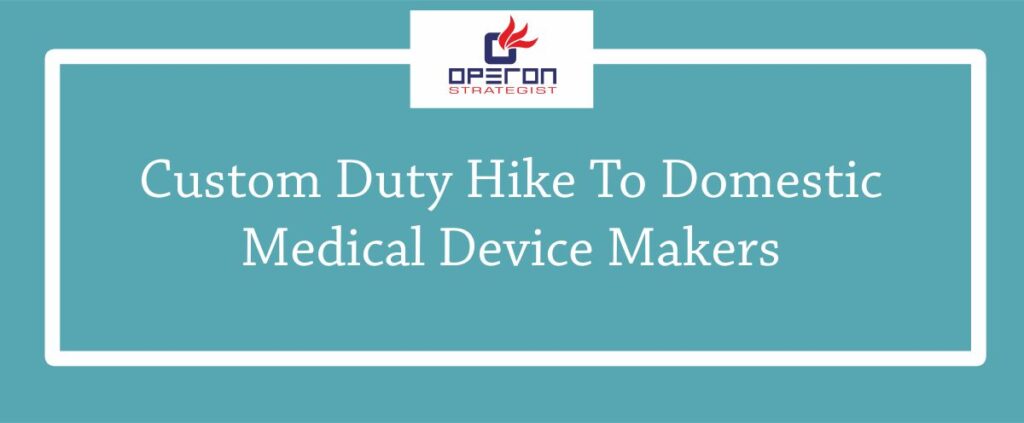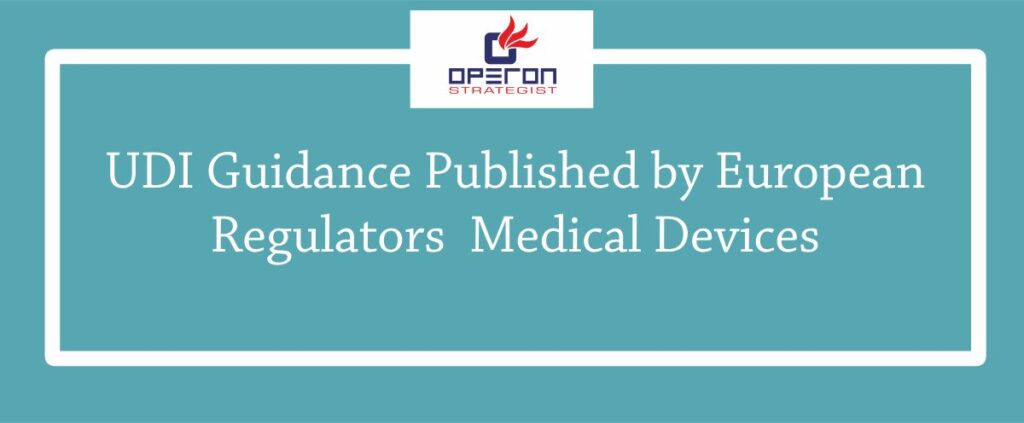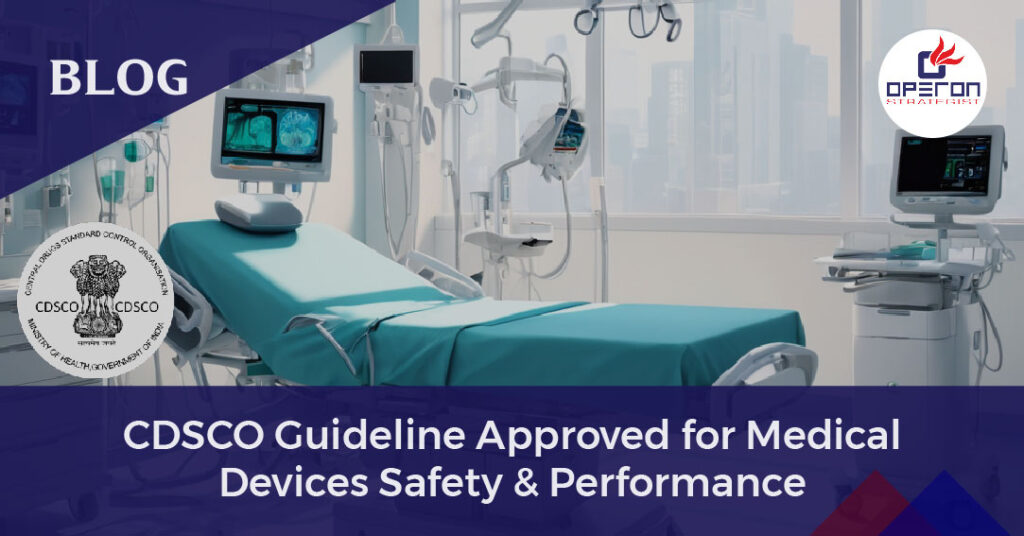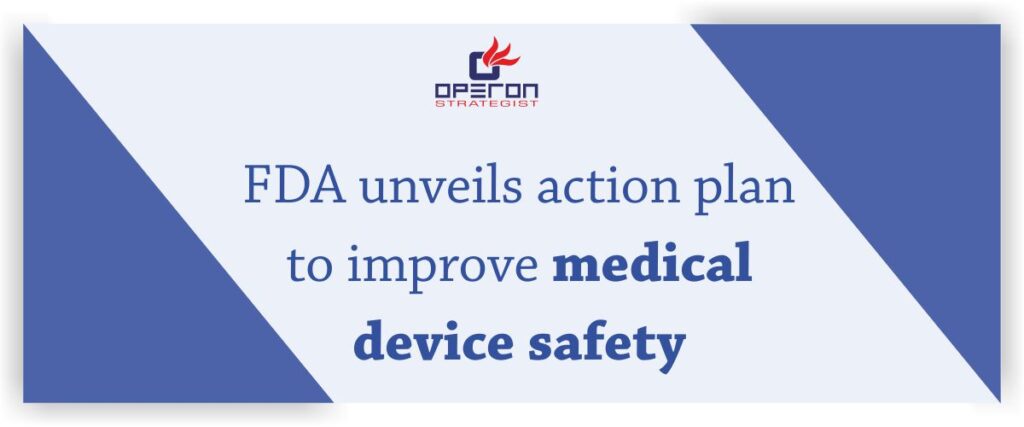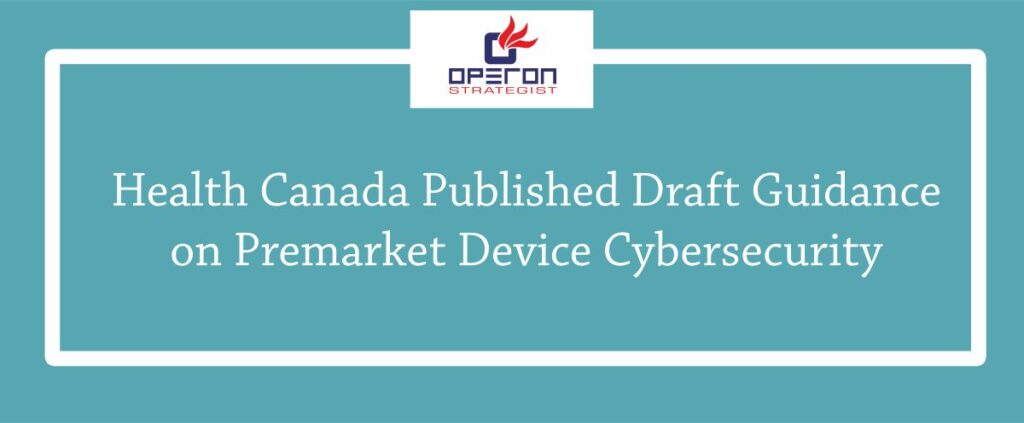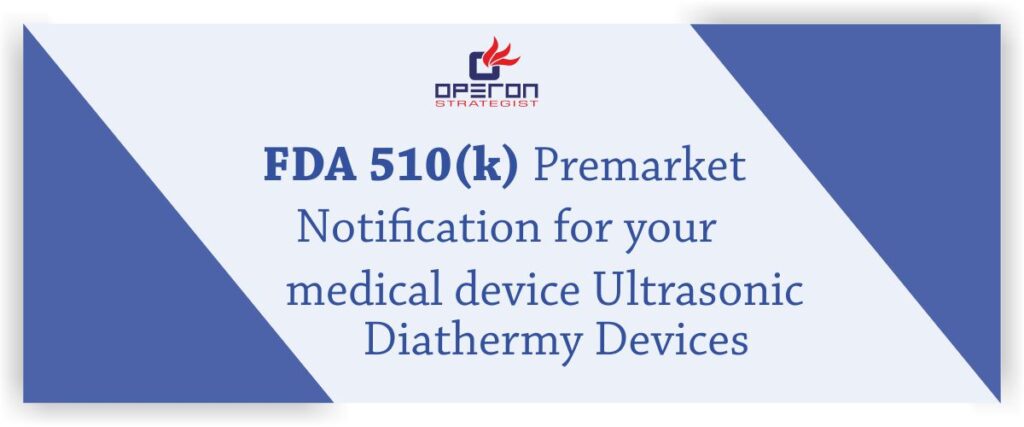Custom Duty Hike To Domestic Medical Device Makers
The government needs to increase the basic customs duty on medical devices in the range of 5-15 percent to promote domestic manufacturing, Association of Indian Medical Device Industry (AiMeD) said today. The current slab is 0-7.5 percent, it said.It stated that the medical devices sector expects an extension of inverted duty tariff rationalisation to medical electronics and diagnostics. Medical devices include any instrument, apparatus, appliance, […]
Custom Duty Hike To Domestic Medical Device Makers Read More »

